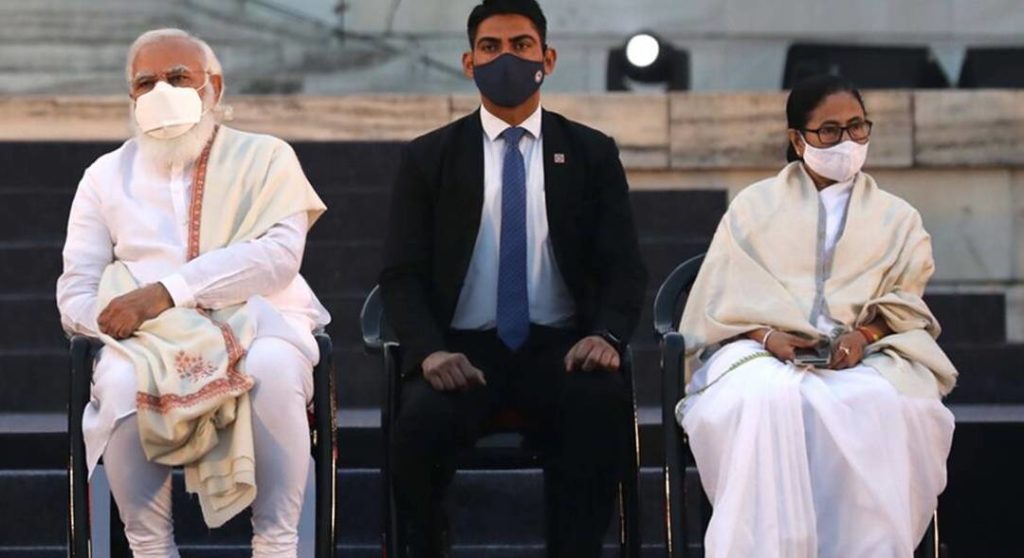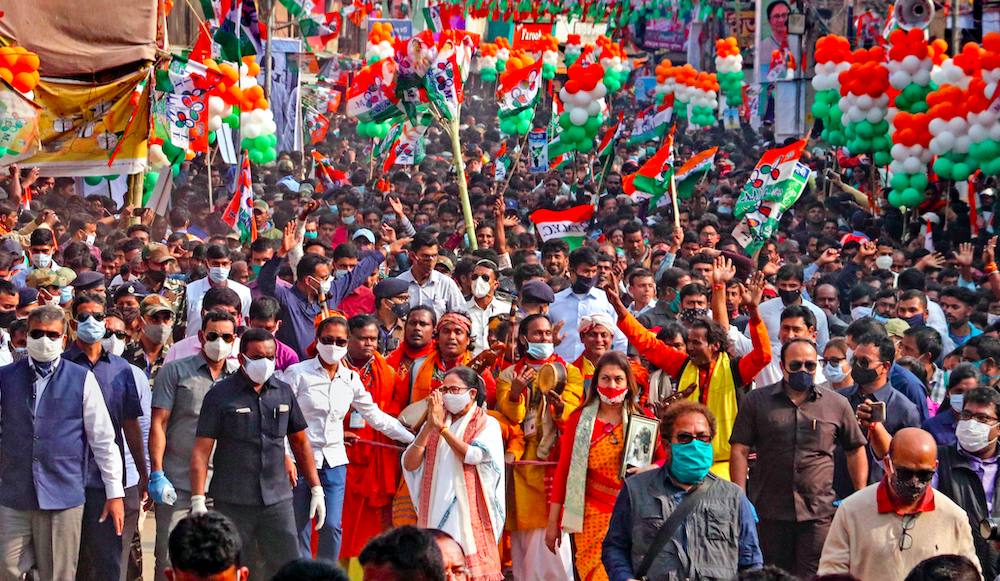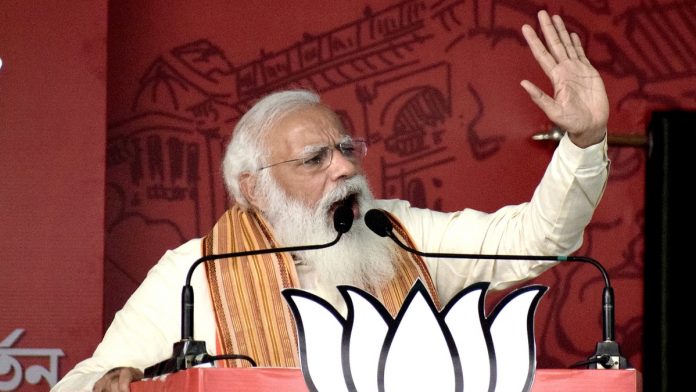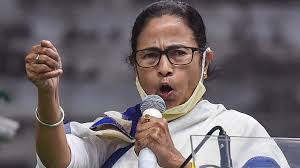Durga wins vs Ram

By Vijay Badhwar
Strategically, it was a folly to introduce the slogan ”˜Jai Shri Ram’ in rallies led by Bharatiya Janata Party (BJP) supremo Amit Shah in the Durga heartland of Mamata Banerjee. India is riddled with many religious divides and even within one there are strong preferences that do us apart. Unfortunately!
In Ayodhaya, the greeting is ”˜Jai Ram ji ki’ and people will be reluctant to respond to it in Vrindavan unless it is replaced with ”˜Jai Sri Krishan’. Such is blind faith.

Mamata Banerjee is Durga energy, even when partially incapacitated (planned or otherwise). She calls herself a ”˜street fighter’ and so she is – more than Modi and Shah put together. It’s no surprise that she has won West Bengal for the third time (213 seats), up two from its last election tally of 2016.

She is known to stand up to BJP leaders denying them meetings and rallies, holding in detention Central Bureau of Investigation (CBI) officials, and in 2019 staging a dharna to protest against the Bureau’s interrogation of Bengal Police Commissioner Rajeev Kumar in connection with multiple chit funds when she prowled up and down the stage like a lioness.
Mamata had done good work in the state, especially in reserved seats comprising lower caste/tribe voters. She also appealed to Muslim voters who saw her as a saviour from partisan Hindutva politics of BJP.


Bengal voters comprise of three main blocs: 30 percent OBC, SC and ST, 30 percent Muslims and the rest with mainly upper caste voters. BJP’s reach among the Muslim voters is virtually nil, but they did try for some inroads into 38 reserved seats for tribal/lower caste Matua voters by offering them citizenship rights. PM Modi’s trip to Bangladesh, apparently to attend the 50th anniversary of their independence, was to appease and win Matua vote which did not materialise for the desired outcome.
BJP, however, should not be disappointed with its 77 seats (up from 32) – making inroads into non-Hindi heartland primarily at the cost of Left and Congress parties who have been decimated with only a single seat in their bag. BJP did badly, especially in the last three stages comprising significant Muslim vote, also due to the absence of PM Modi from the campaign trail.
BJP’s hopes were inflated after the Lok Sabha elections in 2019 when they won 41 per cent of the vote share, just three per cent short of Trinamool Congress (TMC). They had taken their tally of seats at the Centre from a paltry two to 18 from a total of 42. The results prove Modi magic that weighs in Central elections but not necessarily in regional polls unless it is North India.
BJP was not able to exploit the anti-incumbency factor, allegations of corruption, and large scale appeasement of minorities. The women vote sympathised with Mamata Banerjee whereas the Muslim vote was not divided by Congress as was envisaged by BJP and despite Owaisi’s move to deflect some Muslim voters towards a national front.
BJP was also over-reliant on defectors who joined its ranks by deserting Trinamool. That did not succeed as even its main hope in key Mamata aid Suvendu Adhikari, who, at one stage, did look like upstaging the Chief Minister, failed in the end.
The next big political ”˜khela’ (game) is scheduled to be in 2024. Street fighter Mamata Banerjee has already declared in an outburst to take on Narendra Modi. With lacklustre Rahul Gandhi remaining a rank outsider, the search for leading the opposition alliance against the mighty BJP ends with Mamata. She comes out as the only worthy candidate to have the credentials.
In other states, Assam was the lone bright spot for BJP-led NDA alliance winning 75 of 126 seats; in Kerala, BJP failed to win even a single seat with LDF alliance winning 99 of the 140 seats, and in Tamil Nadu, DMK-led alliance won 159 of 234 seats after a gap of 10 years installing M K Stalin as the State’s Chief Minister.
As an aside, it is sad to see so much national time and resources wasted for each election that take place round the clock. Imagine how much public benefit is deprived when the two top leaders in the country – PM and the Home Minister – are lost to rallies and marketing for votes. True that is the price to pay for democracy. But, couldn’t the process be made efficient and democracy not discounted by holding the State and National elections at the same time?
Short URL: https://indiandownunder.com.au/?p=16435
